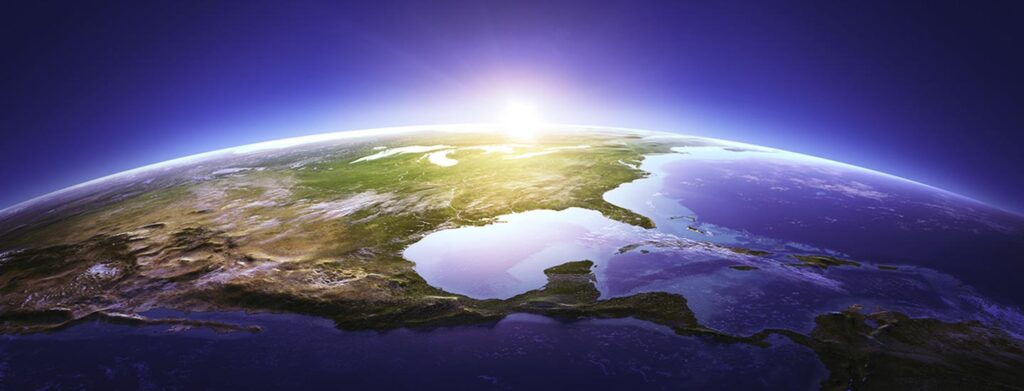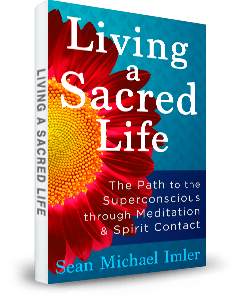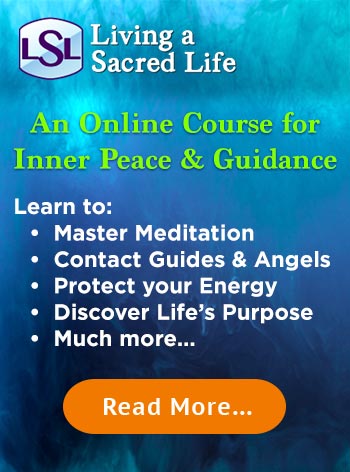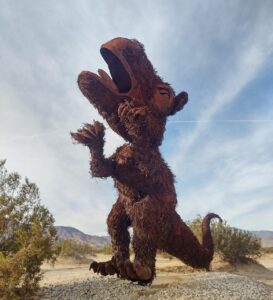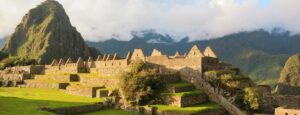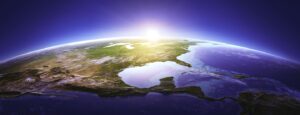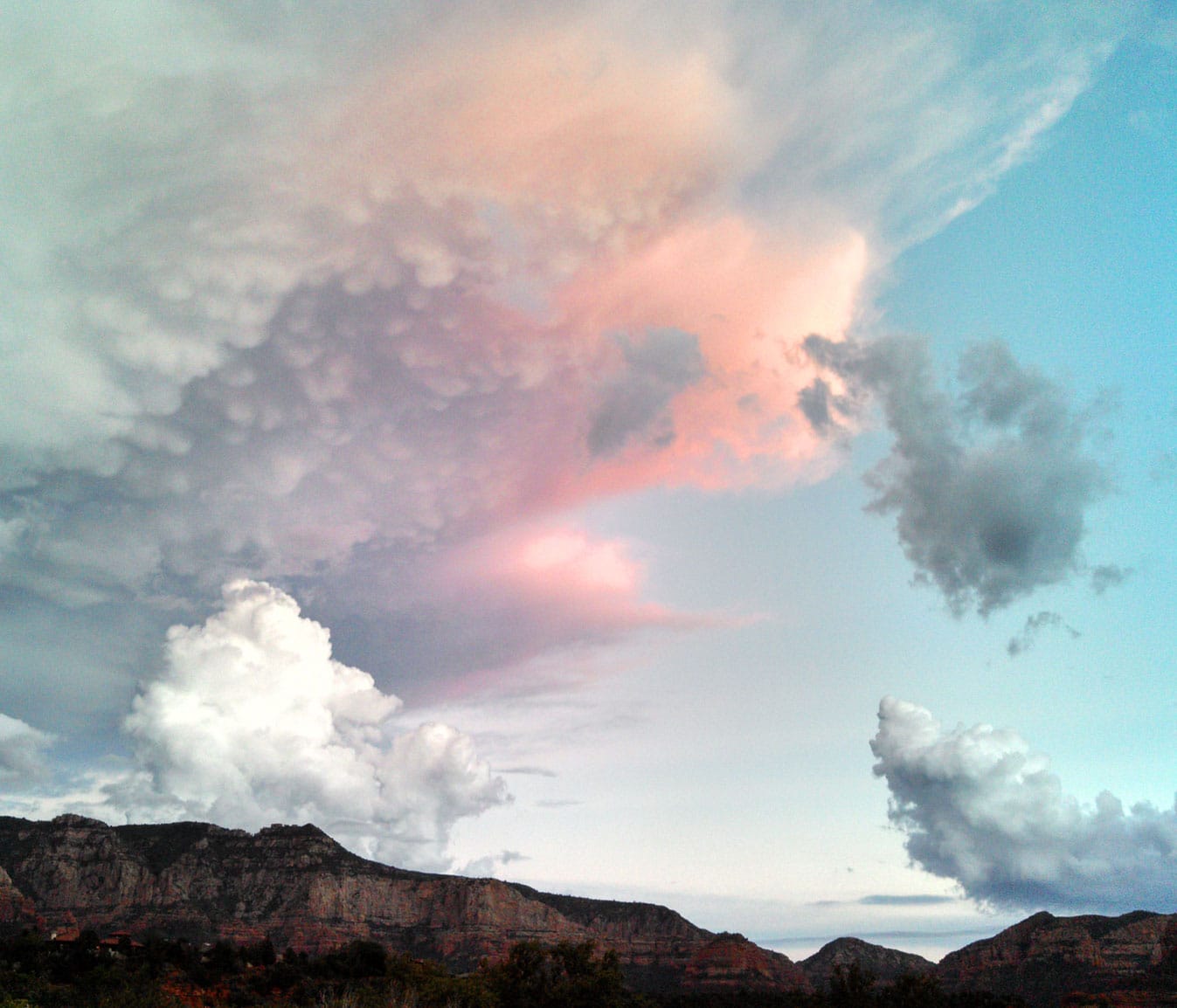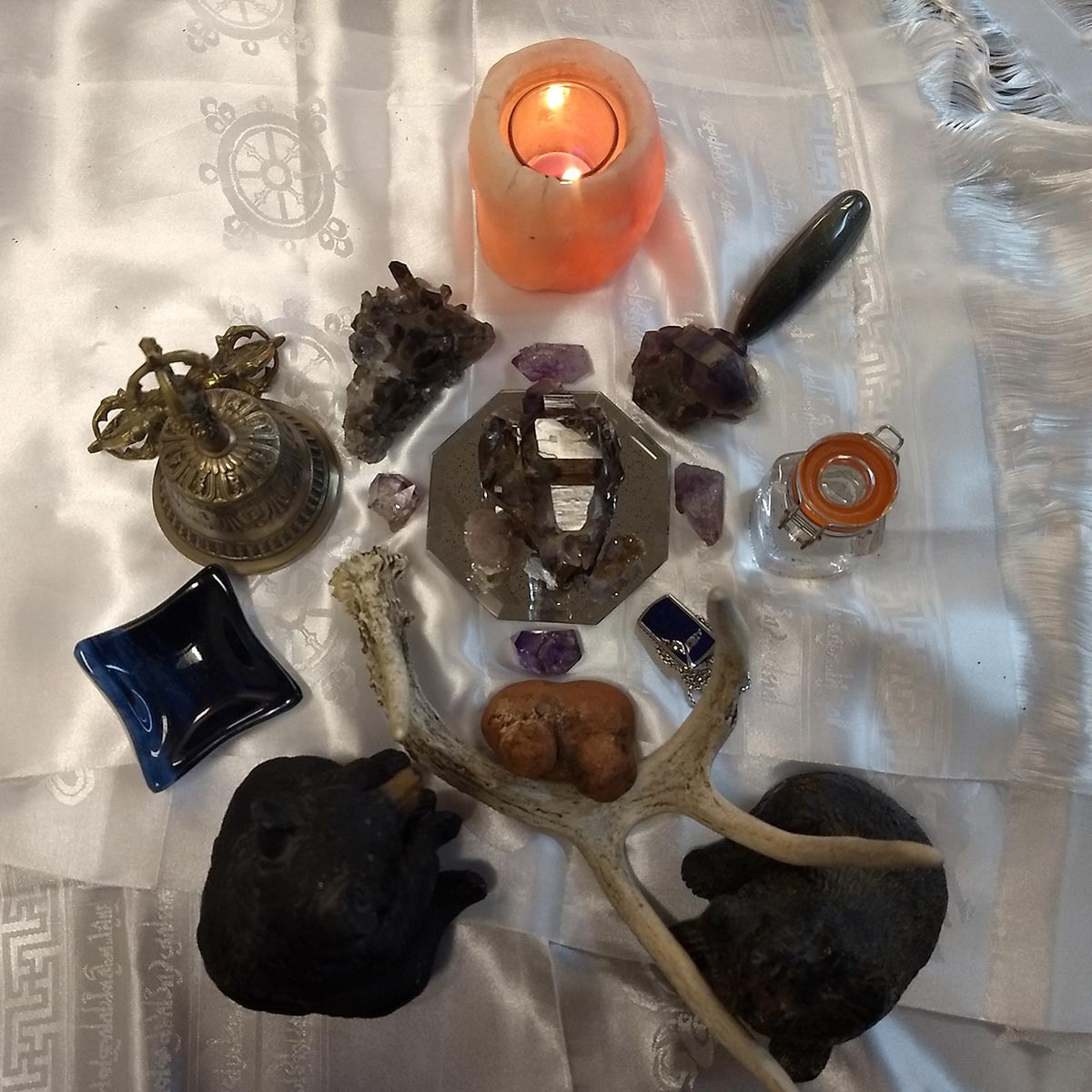Tree huggers and atheists alike can benefit from taking in a little of what I’m about to share. I’m going to use the word “spirit” to represent the creative force that brings consciousness into the human form. It undeniably exists or you wouldn’t be reading this. Many people already feel connected to this planet as a loving consciousness. I want to present some ideas that will give you some grounded points worth considering. For everyone else, I hope to present content to give you a greater appreciation for our home. Hopefully I’ll give you some jumping off points for further understanding.
Contents
Mother Earth is a Spiritual Being
There are number of ways to define the word, “spiritual”. Please refer to What Does it Mean to be Spiritual for further clarification. Suffice it to say, it doesn’t matter whether you believe in God or not. What I’m referring to is the force of conscious awareness. “I” is the awareness of self. It also knows others as “you”. When someone is awake, this force is attached to the physical body. It is still self aware in dreams when the physical body sleeps. I would call that force “spirit”, as it utilizes consciousness to become self aware.
Awareness is the harnessing of consciousness by the spirit to create experience. The brain directs and shapes the experience that the spirit is having by way of the self or personality. We can use our own personal experience as described above as an analogy. Mother Earth is just the same as us but on a much grander scale.
Mother Earth harnesses consciousness which I define as the all pervasive fabric of form and space. Her spirit is having an evolutionary experience similar to our human species. We can conceive of this experience as a life journey that spans millennia. It follows the premise that all beings rise and fall, are born and die, have periods of growth and decay, and many events in between that connote transition states. A powerful meditation called The 5 States of Being from the Living a Sacred Life course further elaborates on this.
How Old is Mother Earth?
There are many spiritual and religious traditions from around the world that go back thousands of years. They have regarded fertility, birth, life and death, and the cycles of nature as being related to a female deity or goddess. Statues of fertility goddesses have been carbon to be as old as 35,000 years. Women give birth and nurture the newborn. This explains why these statues that represent the Earth are female instead of male. This has led to the personification of planet Earth as a mother-like being. People have ascribed attributes such as mothering, life and death, endurance, fortitude, strength, and others to Earth.
Is Mother Earth a Goddess?
To honor the forces of nature on Earth, people have honored Goddesses and other female personifications for thousands of years. These are all spiritual manifestations. This means that they live in the fabric of consciousness. Adepts, yogis, monks, disciples, shamans, and contemplatives have developed various skills. They use Meditation, altered states and prayer to communicate with these forces or intelligences. These practitioners have passed their knowledge down through tomes like the Bible, Koran, Vedas, Upanishads. They’ve also shared their secrets via oral traditions for centuries.

The Arbor Meditation is designed to help you do two things at once and connect you deeply to Mother Earth.
If you’re interested in learning techniques that give you these abilities, check out the Living a Sacred Life course.
Earth goddesses show up in different traditions like the Egyptians, Greeks, Babylonians, and Hindus. Let’s look at some of them to understand how they relate to Mother Earth.
Goddesses
Around 6,000 years ago, 1,500 years before the Egyptian goddess Isis, there was Inanna. She was the Mesopotamian goddess of war, justice, and political power, as well as sex, love and beauty. Inanna was known as the Sumerian goddess “Ishtar.”
Ishtar features in the epics of Gilgamesh. Ishtar was associated with Venus, the planet. Many creation myths revolved around her. Venus features heavily in Electric Universe theories. Cults of Ishtar were gender binary and engaged in same-sex acts. Like Isis, both Inanna and Ishtar have a connection to sexual energy and life force.
Isis, the Egyptian goddess, is the mythical wife of Osiris who is the primeval king of Egypt. She is arguably mother to Horus who is god of kingship and the sky. Both the Egyptians and the Greeks worshipped Isis, beginning roughly 4,500 years ago. As with mythical traditions that span such large numbers of years, they tend to become a confluence of many myths. The original myth is fortified with new stories and rituals that suit later observers and cultures. Isis helps to restore the souls of deceased humans. Thus, she is a custodian of the physical body moving into the afterlife.
Hindu Goddesses
In the Hindu pantheon of goddesses, Parvati is the wife of Shiva, protector and transformer of creation. Parvati shows up in the epics, “The Mahabharata” and the “Ramayana”. A version of Parvati’s name is also found in the Rigveda and Upanishads in the first millennium B.C. Parvati is the manifesting power of the universe, and is both nurturing and destructive. She represents the power found within oneself to embrace human strengths as well as flaws. Parvati also represents the ability to achieve greatness with dignity. She is reason and encouragement as well as protector and destroyer of evil.
Other manifestations of Parvati include Durga – the demon-fighting form; Annapuma – completeness and food; and Gayatri – the embodiment of knowledge of the spiritual tradition brought forth in the Vedas, the sacred Hindu texts.
What is Gaia?
Gaia, the mythical Greek goddess came around 800 years after the mythology of Isis began, roughly 1,800 B.C. Gaia is considered the ancestral mother of all life. Therefore she is a personification of Earth. She bore the Titans who later bore the Olympian gods such as Zeus, Demeter, Hades, Hestia, Hera, and Poseidon. The Olympians gods are the subject of many Greek myths.
Gaia is also the mother of the mountains, the sea, and formed the sky around her. With her son Uranus, the sky, she has many children. Mythically speaking, these children have names, but we can imagine that they represent all manner of creatures and life upon this planet. Being that Earth is billions of years old, we can surmise many different types of beings that have come and gone, like the dinosaurs, which now seem incredible and yet indicate ages unfathomable by our human standards.
Where is Mother Earth Celebrated?
In the Incan traditions of Peru, there is an important concept of Mother Earth is known as Mama Pacha, or Pachamama. Pachamama is a name given to the idea of a mother of power. Mama means mother and pacha denotes an intersection in time and space. It’s not the Earth herself but a greater creative force that is the creator of the waters, earth, sun and moon. She is fertility and presides over planting and harvesting, as well as the mountains which are the grounds by which the Peruvians grow their maize and potatoes. Knowledge of her goes back to at least 500 A.D., and her acknowledgement in ritual and prayer is very much alive today.
Who is Mother Earth to the Native Americans?
There are many Native American myths and to encapsulate them in one place is beyond this writing. One of note is the idea of Unci Maka or Grandmother Earth respectively. This concept of the Lakota peoples of the plains recognizes Earth as a female form that is mother to all living beings including the trees and plants, animals of both sea and land, and humans. In reverence to Grandmother Earth, the Lakota have Inipi or purification ceremonies. In these ceremonies, a lodge is constructed from branches and material coverings such as blankets. Inside this structure, one symbolically enters the womb of the mother and returns to their innocence to purify and ask for healing and the acknowledgement of prayers.
In Conclusion
These examples show how different cultures both recent and ancient, have considered Mother Earth as a sacred being. The personifications of goddesses and deities are similar to those of Earth herself. One might consider a shift in perspective from Earth as a resource to Mother Earth as a family member. Would you treat Earth differently if you saw yourself as her son or daughter? Food for thought…
I highly recommend reading, “How to Protect, Serve, and Save Mother Earth.”

